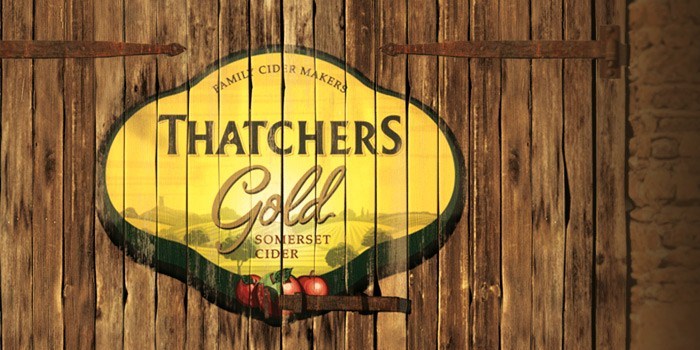Why an “Opposites attract” marketing strategy is squandering your money and reducing your margins
Do opposites really attract? To some degree I suppose. My wife is beautiful and I’m sort of awkward looking…And we’ve been together 30 years. Positive and negative charges are still hooking up. And don’t forget salt and pepper. Those cats are doing ok and they’re polar opposites.
The real question for retail businesses is: Should opposites attract when it comes to your advertising strategy? I’m gathering you want healthy gross margins and max profits – like most businesses. But what’s the first thing most businesses do with their marketing budgets?
They run a price ad in a newspaper – presumably attracting the exact customer they don’t want. Someone who comes in buys a product you make very little money and leaves the higher margin products on your shelf to gather dust. The ROI (return on investment) is small and you, the retailer are frustrated. (Two outcomes that, unfortunately, go hand in hand.)
There’s a better way. Presumably you’ve heard of Facebook. According to www.thenextweb.com, Facebook has recently passed 1.23 billion monthly active users, 945 million mobile users, and 757 million daily users. On the other hand, print advertising revenues have dropped 8 years in a row according to the Pew Research Center. The drops are precipitous and not insignificant, signaling a seismic shift in how people absorb their news…And a dynamic that directly affects your ability to reach customers economically.
Facebook allows small businesses to run the types of promotions, which bring the kind of customers, you want, and the kind of customers you need.
Back in the day in Chicago, by the way, we used to pour hundreds of thousands of dollars into the Chicago Tribune’s Good Eating section. The question I always had as I wrote big checks – was our ideal customer reading the food section? (I still don’t know…)
Here are a couple ideas:
Use Facebook’s Custom Audience feature. Most businesses have a list of their customer’s email addresses. Using Facebook’s custom audience tool, you can upload your list to Facebook and run targeted content at people who are already your customers. (Caveat: Facebook will tell you that approximately only 50% of your email addresses will convert in their system, but that’s better than nothing.)
The beauty of this approach is that you’re interacting with your customers in a more natural habitat for them…and a place they spend more and more of their time. (According to Bloomberg, the average Facebook user spends more than 40 minutes a day on the social media platform. The same article shared that users spend more time on Facebook than they do taking care of their pets, but that’s a story for another day!)
Using the Facebook Custom Audience tool is an excellent way to re-target customers you haven’t heard from for a while. Further, opinions vary, but it’s commonly known that your customers have to see your ads frequently (7 times or more) before taking action. (Most advertisers fall far short of that.)
The second option is running a campaign that targets the Facebook friends of the people who already like your page.
Here’s how this works. I have a client who has 2,000 likes on his Facebook fan page. That’s a good number for a local business and an asset he should put to use. Let’s say there is an exciting event coming up and he wants to use this event to attract new customers. He can run a sponsored post on Facebook targeting the friends of his friends.
This is beautiful for two reasons:
First, the friends of his friends already fit the profile (or are similar) to people who like his business. So essentially what you’re doing here is letting Facebook’s massive data mining capabilities scale your target based on the best indicator of interest in your business – your current customers! (Think of it as your business electronically getting a referral from a happy customer.)
Second, you can run different posts to different groups of people. For example, you can exclude your current “fans,” and send a coupon or some other incentive to attract a new customer to your event – while alerting your current customers of the event but not giving them the same discount.
This is analogous to something online marketers do all the time. It’s called split testing. Online marketers test everything. They test headlines, selling language, specific word choices, colors, etc. Everything. Some of Facebook’s advanced features will allow you to do the same. These strategies will stretch every dollar you spend on your advertising.
Please understand, my purpose here is not a Facebook Ads Tutorial. We can do that another time. Instead, it’s to demonstrate that a platform like Facebook allows smaller businesses the innovation in marketing previously reserved for the big boys.
Unfortunately, opposites don’t attract when you’re trying to improve the way you spend your advertising dollars and maximize your bottom line.
That’s just the way it works!
Darryl Rosen is the former President and owner of Sam’s Wines & Spirits in Chicago. Presently, he’s specializes in helping independent beverage retailers get and keep more customers. For a completely FREE webinar revealing 3 simple strategies for quickly and dramatically exploding your profits, click here.









